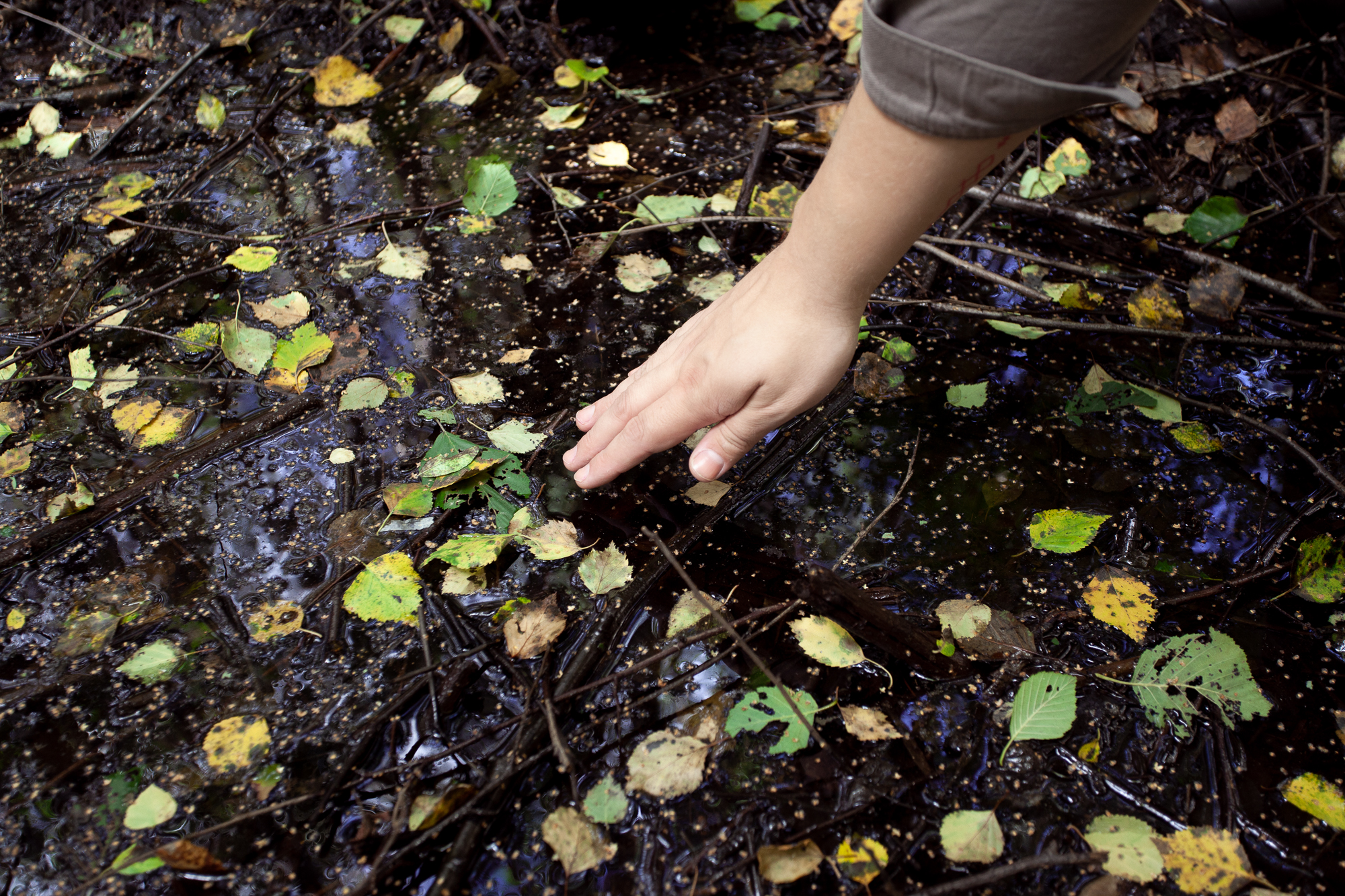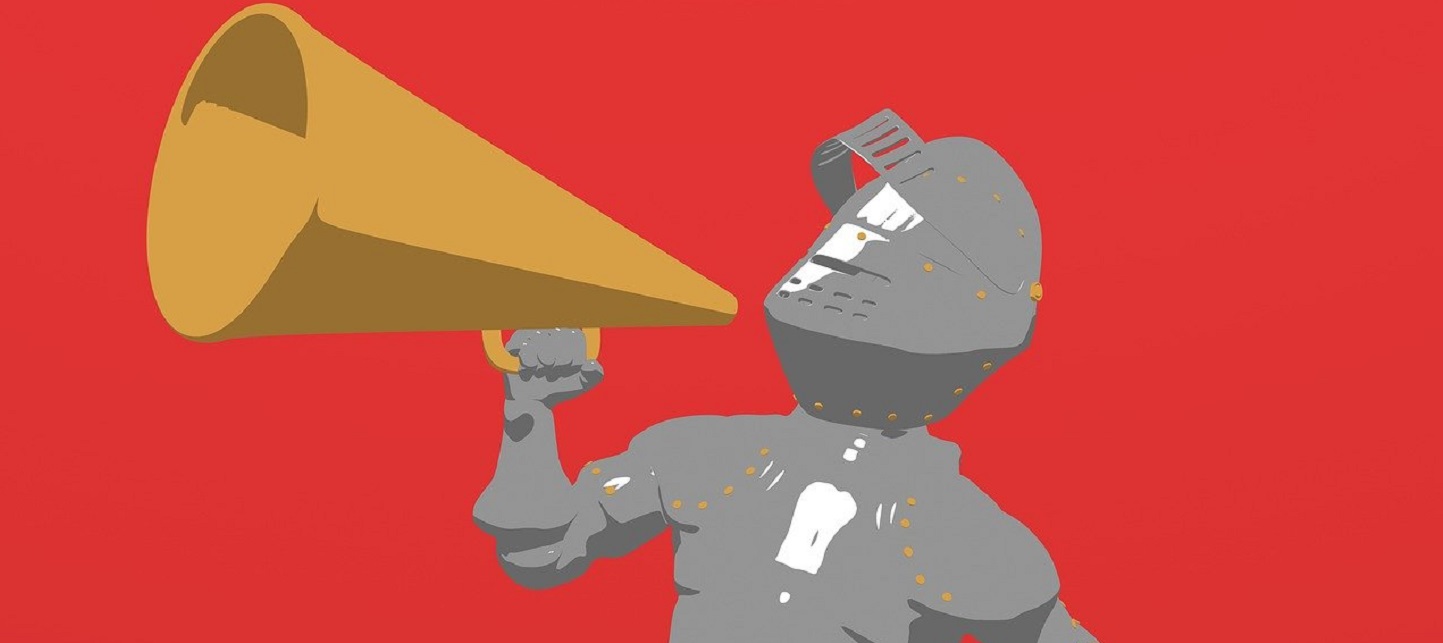Author: Nina Mutik

-

Larp As Embodied Art
This article describes our artistic practice and design principles focusing on the bodily experience.
-

Flagging is Flawed
in
Although helpful for safety reasons, flagging is also commonly used to prevent people from attending a larp for lesser reasons.